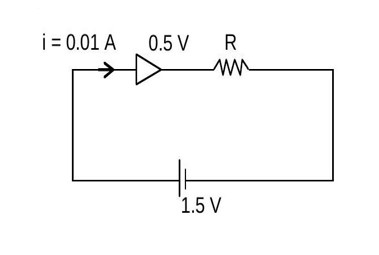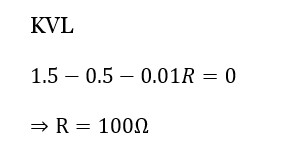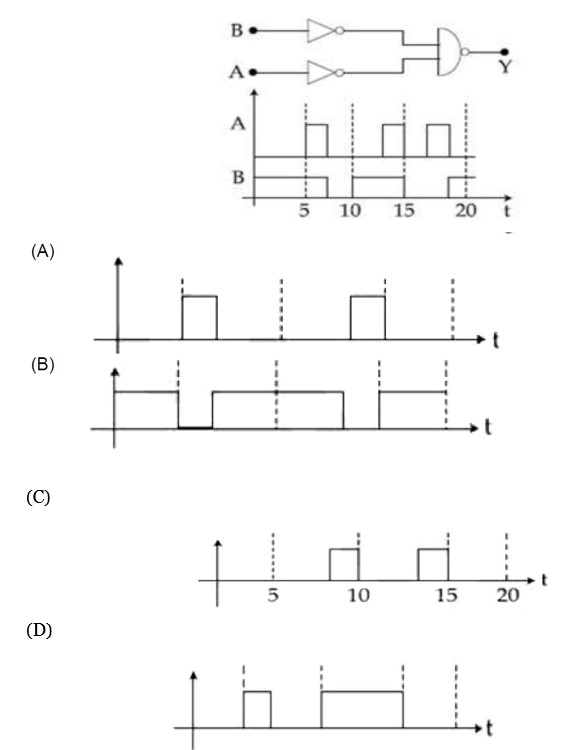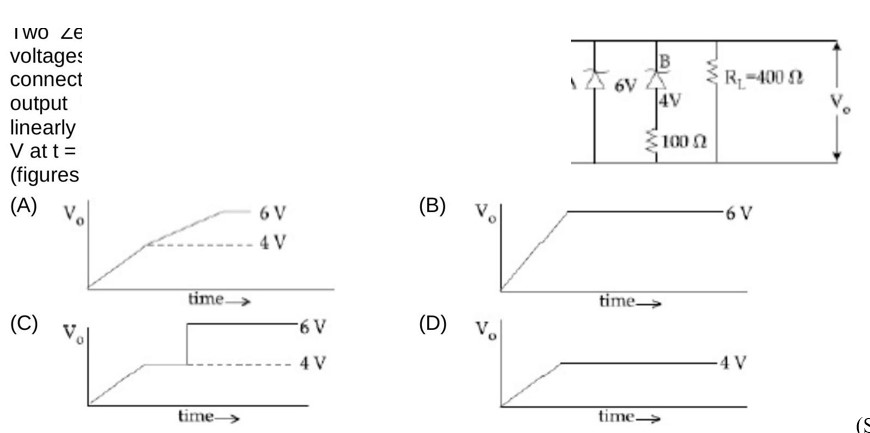Physics Ncert Solutions Class 12th
Get insights from 1.2k questions on Physics Ncert Solutions Class 12th, answered by students, alumni, and experts. You may also ask and answer any question you like about Physics Ncert Solutions Class 12th
Follow Ask QuestionQuestions
Discussions
Active Users
Followers
New question posted
2 months agoNew answer posted
2 months agoContributor-Level 10
At lower end
Tension, T? = 2g = 20 N (due to the 2 kg block)
Velocity, v? = √ (T? /μ) = √ (20/μ)
Wavelength, λ? = 6 cm
At upper end
Tension, T? = (2 kg + 6 kg)g = 8g = 80 N (due to the block and the rope)
Velocity, v? = √ (T? /μ) = √ (80/μ) = √4 * √ (20/μ) = 2v?
Since frequency (f) remains the same:
f = v? /λ? = v? /λ?
⇒ λ? = λ? * (v? /v? )
⇒ λ? = λ? * (2v? /v? ) = 2λ?
⇒ λ? = 2 * 6 cm = 12 cm
New answer posted
2 months agoContributor-Level 10
From Given equation
µ = 0.6
A? = µA?
(A? - A? )/2 = A? = 5
(A? + A? )/2 =?
A? - A? = 3
From equation (1)+ (2)
A? = 8
From equation (1)- (2)
A? = 2
New answer posted
2 months agoContributor-Level 10
Till input voltage reaches 4 V. No zener is in breakdown region. So V? = V? then now hen V? changes between 4 V to 6 V one zener with 4 V will breakdown are P.D. across this zener will become constant and remaining potential will drop acro resistance in series with 4 V zener.
Now current in circuit increases Abruptly and source must have an internal resistance due to which. Some potential will get drop across the source also so correct graph between V? and t will be
We have to assume some resistance in series with source.
Taking an Exam? Selecting a College?
Get authentic answers from experts, students and alumni that you won't find anywhere else
Sign Up on ShikshaOn Shiksha, get access to
- 65k Colleges
- 1.2k Exams
- 686k Reviews
- 1800k Answers





